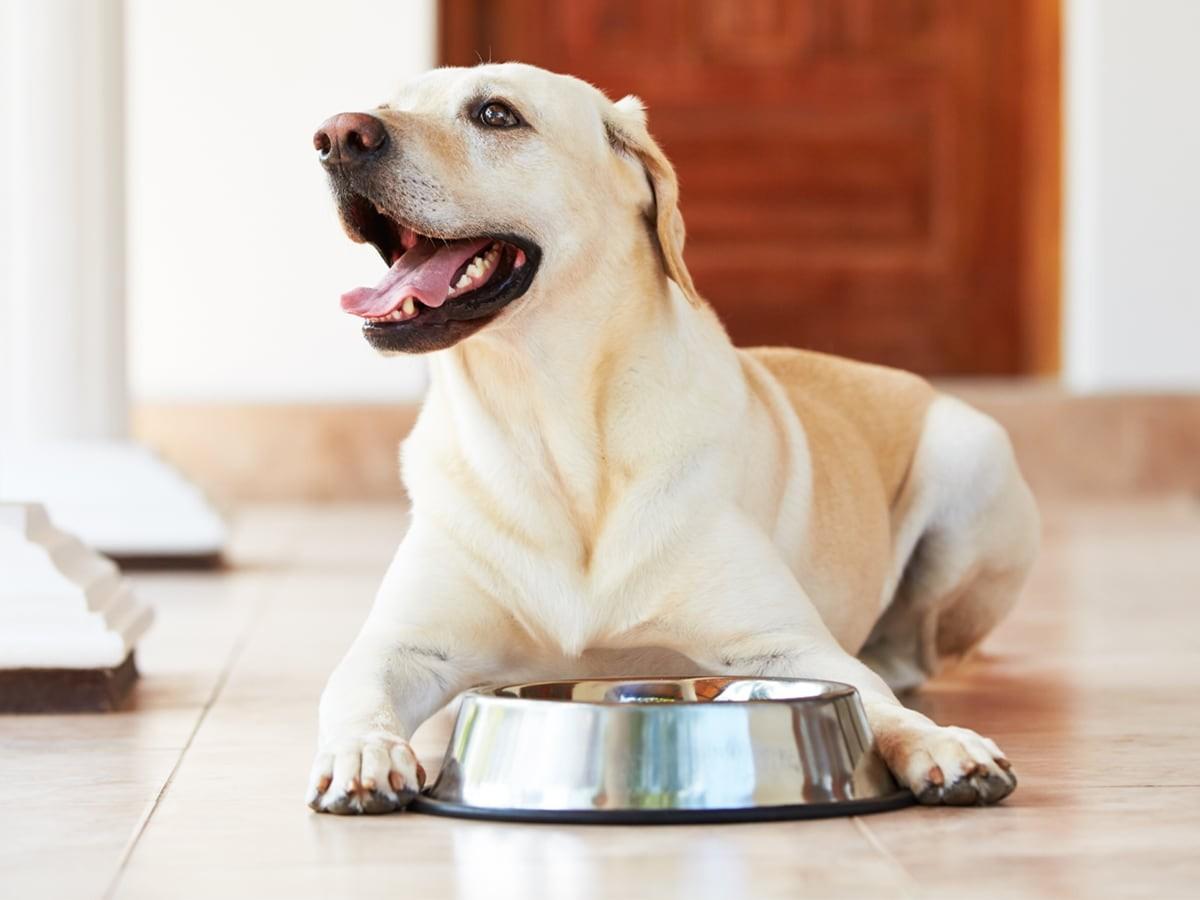The staple food of the American Navy since the 1800s, navy beans earned their name for their nutritious content and affordability. Also known as “Yankee beans” or “pea beans,” these small, oval-shaped legumes cook quickly and are rich in nutrients and minerals, making them a great choice for humans. But what about dogs? Can they eat navy beans too? The answer is yes!
Do Dogs like Navy Beans?
With their smooth, creamy texture, navy beans can be a tasty and satisfying treat for dogs. If you offer them as a reward during training or for good behavior, you’ll likely see your pup stay motivated because they’ll definitely want more!
Are Navy Beans Good for Your Dog?
Navy beans are nutrient-packed and full of fiber, vitamins, and minerals. They contain vitamin A, vitamin C, vitamin K, manganese, protein, folic acid, and iron, each contributing to your dog’s health in unique ways:
Dietary Fiber – Supports healthy digestion and regular bowel movements. It’s especially helpful for older dogs who may have slower digestive systems.
Vitamins – Support eye health, bone growth, reproduction, immunity, and skin maintenance. They can help prevent cataracts, night blindness, and dry eyes in mature dogs.
Proteins – Aids muscle repair, tissue growth, and strength. Navy beans are also rich in potassium, which supports healthy nerves and muscles.
Folate (Vitamin B9) – Essential for DNA synthesis and red blood cell production. Often recommended for pregnant, lactating, or anemic dogs.
Iron – Helps red blood cells carry oxygen throughout the body and supports normal enzyme function and energy production.
All in all, navy beans can be a nutritious supplement for your dog’s diet, but only in moderation.
How Much Navy Bean Can Dogs Have?
Navy beans should be treated as a snack or reward, not a main meal. Ideally, they shouldn’t make up more than 10% of your dog’s daily diet.
Here’s a simple guide by size:
Extra-small dog (2-20 lbs.) = 1-2 beans
Examples: Yorkies, Chihuahuas, Pomeranians, Pugs
Small dog (21-30 lbs.) = 2-3 beans
Examples: Basenjis, Beagles, Miniature Australian Shepherds
Medium dog (31-50 lbs.) = 5-6 beans
Large dog (51-90 lbs.) = Small handful of beans
Examples: Pit Bulls, German Shepherds, Labrador Retrievers, Australian Shepherds
Extra-large dog (91+ lbs.) = Small handful of beans
Examples: Newfoundlands, Bernese Mountain Dogs, St. Bernards, Great Pyrenees
How to Feed Navy Beans to Your Dog
Beans contain a compound called phytohemagglutinin, which is toxic if eaten raw—this applies to humans too. Here’s how to prepare and serve navy beans safely:
Soak them – Always soak beans overnight in clean water before cooking.
Cook thoroughly – Raw navy beans contain hydrocyanic acid, which is poisonous. Proper cooking destroys the toxin.
Keep them plain – Avoid salt, butter, or seasonings. Dogs’ stomachs aren’t made for spicy, salty, or sweet foods.
Occasional treat – Offer navy beans occasionally as a small reward, not as part of daily meals.
Avoid canned beans – Canned navy beans often contain high sodium and preservatives.
Serve in small pieces – Break them up to reduce choking risk, especially for smaller breeds.
Feeding navy beans responsibly means your dog gets both a treat and a health boost—a win-win. Just remember: more navy beans doesn’t mean more love!
What Can Happen if Your Dog Eats Too Many or Uncooked Navy Beans?
Too many navy beans can be harmful to dogs. These beans are high in potassium, which can stress the kidneys and heart. If your dog eats raw or excessive amounts of navy beans, perhaps while you’re distracted watching that old Friends rerun, watch for these symptoms and contact your vet immediately:
Expert Insights from Spot
Even small dietary changes can have big impacts on pets’ digestive systems. Spot Pet Insurance data shows that eating inappropriate foods results in average vet costs of $642.* Before sharing snacks or experimenting with new treats, consult your veterinarian to make sure they’re safe for your pet.
Conclusion
Navy beans can make a healthy and tasty addition to your dog’s diet when served correctly and in moderation. They’re packed with nutrients that can help support your dog’s health, but should always remain a supplement, not a staple.
In addition to navy beans, dogs can safely enjoy other beans like garbanzo beans, pinto beans, black beans, black-eyed beans, and green beans, each offering their own nutritional benefits. Use navy beans as an occasional treat during training or for good behavior, and enjoy the tail wags (and good health) that can follow.
Happy mood and health to your doggo, and lots of love and licks to you!
Check out this blog to learn which beans are safe for dogs to eat.

As Spot’s resident cat enthusiast, I am dedicated to researching and sharing information that helps pet owners take the best care of their pets. Pet ownership comes with it’s share of challenges, but my goal is to help make this journey easier.
*Jan 2019 to Aug 2024 Spot Pet Insurance Services, LLC claims data.
Hunter, Lisa. Leeflang, Jacqueline. "Navy Bean Nutrients." Nutrivore, n.d., https://nutrivore.com/foods/navy-bean-nutrients/.
Pet Expert Team. "Can Dogs Eat Beans? A Guide to Safety." Purina, 28 Jul. 2025, https://www.purina.com/articles/dog/feeding/can-dogs-eat/beans.
Amir, Immad. "Can I Feed Navy Beans to My Dog?" The Pets Sphere, 15 Apr. 2022, https://thepetssphere.com/dogs-eat-navy-beans/.
Saylor, April. "Can Dogs Eat Beans?" PetMD, 09 May 2023, https://www.petmd.com/dog/nutrition/can-dogs-eat-beans.
The information presented in this article is for educational and informational purposes only and does not constitute or substitute for the advice of your veterinarian.












